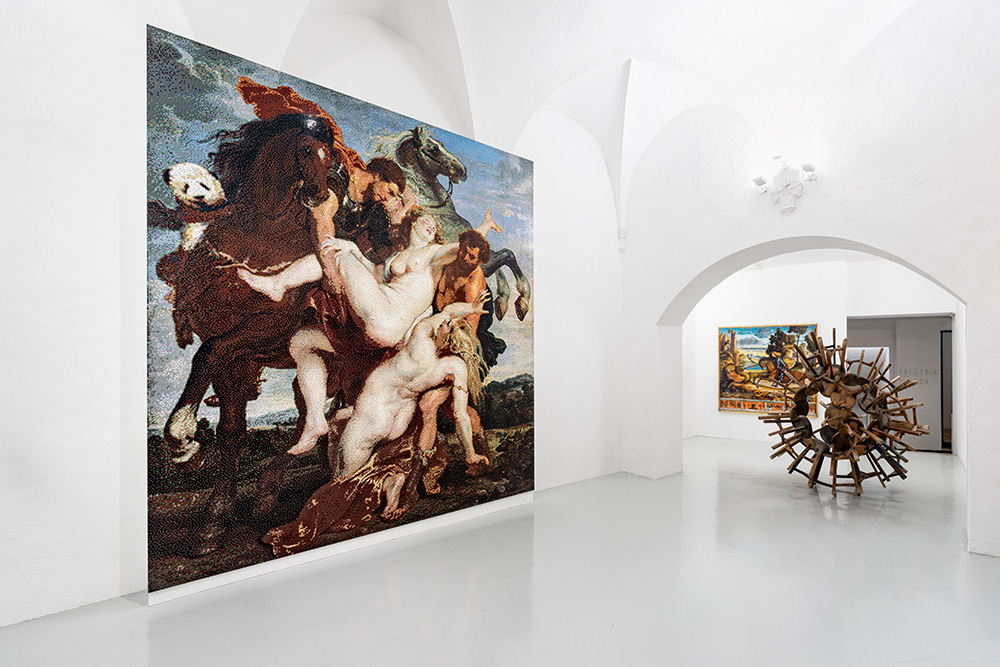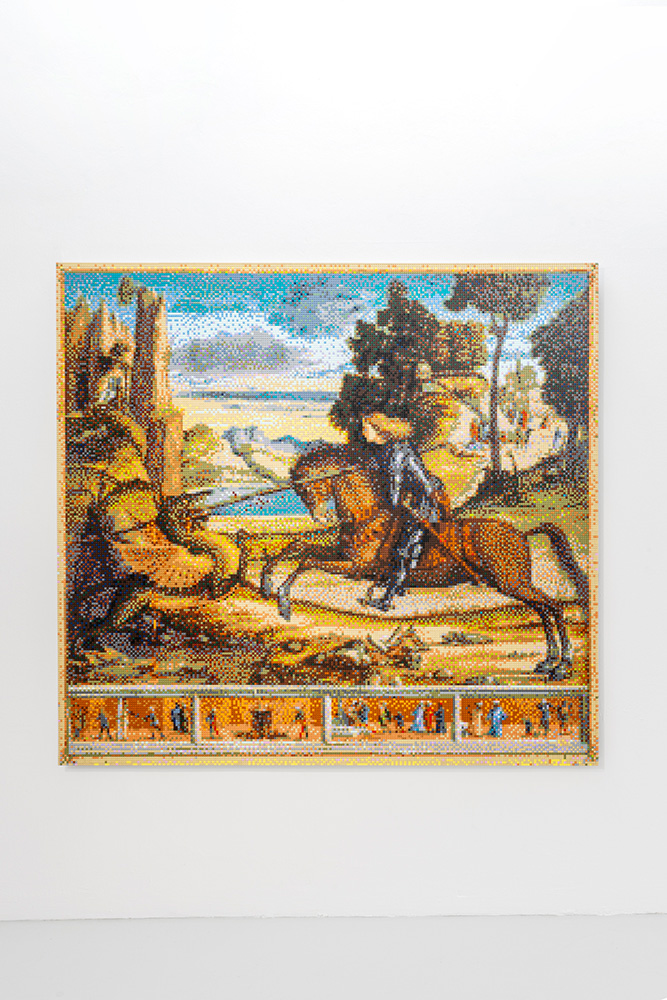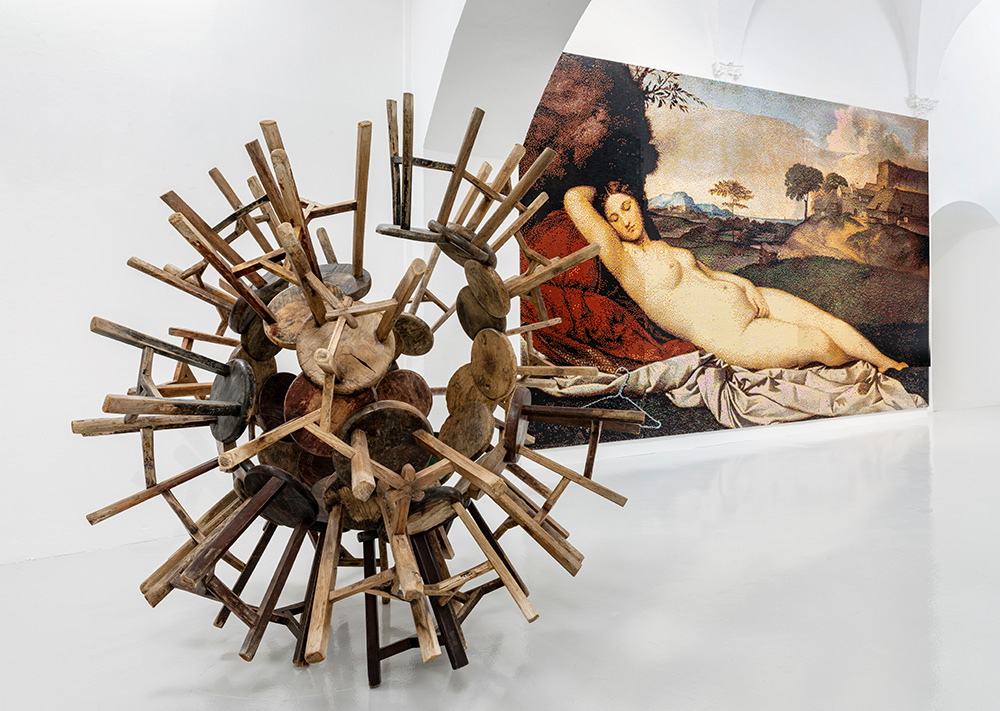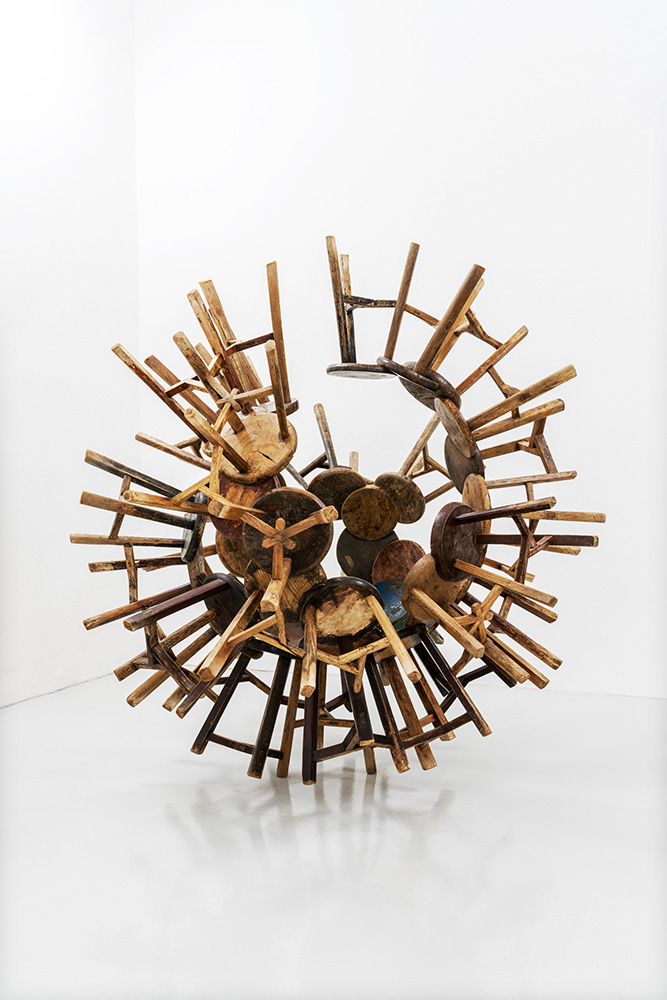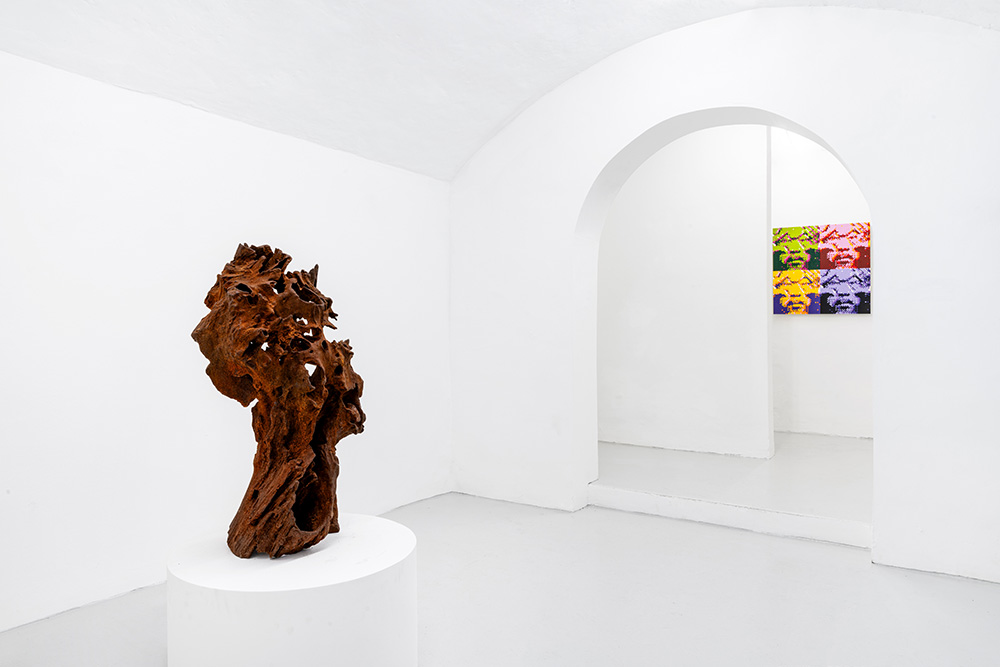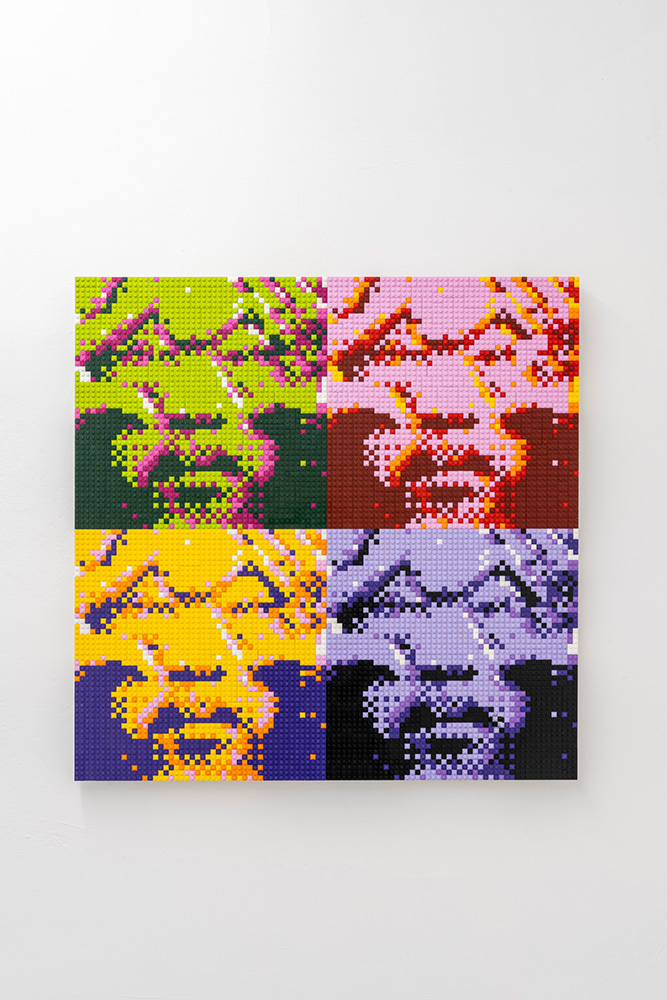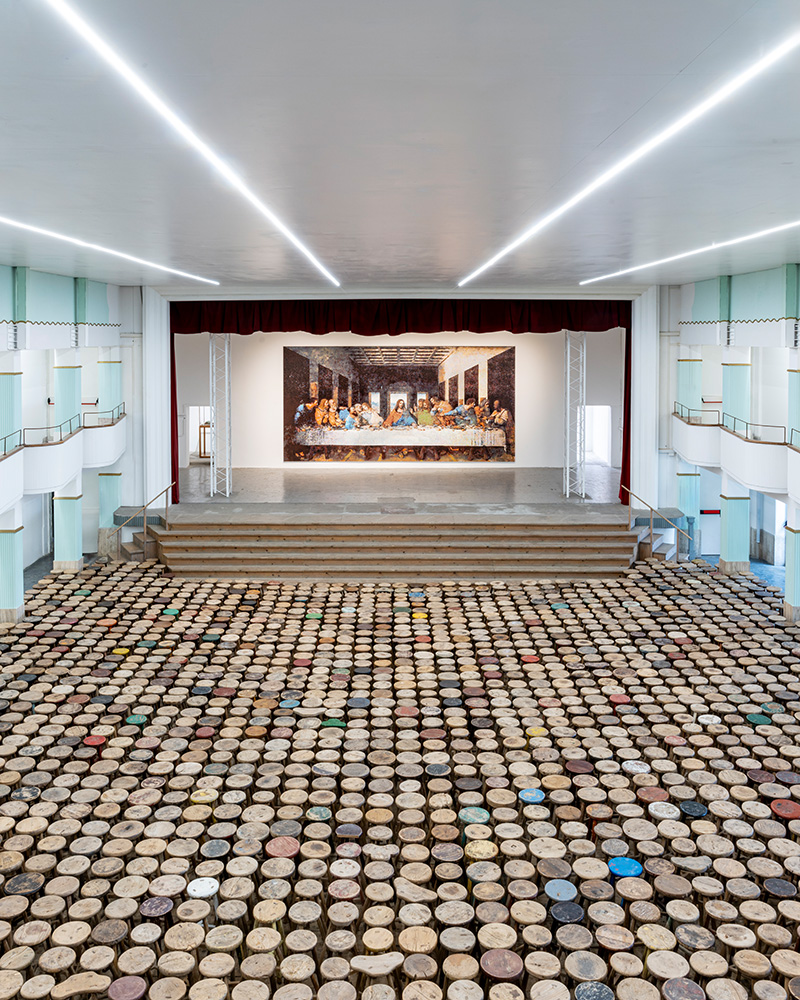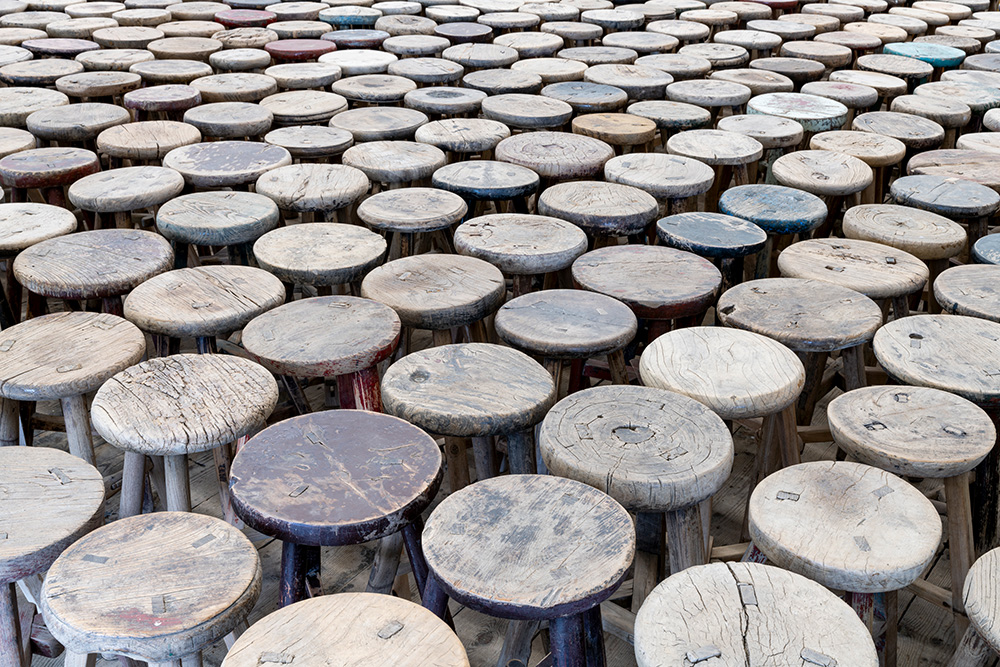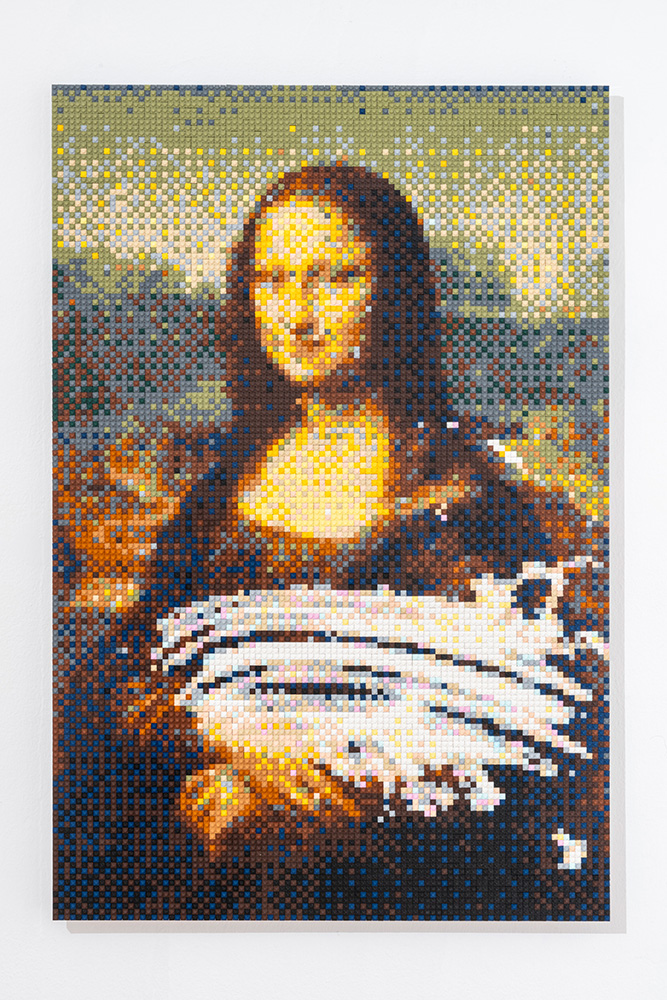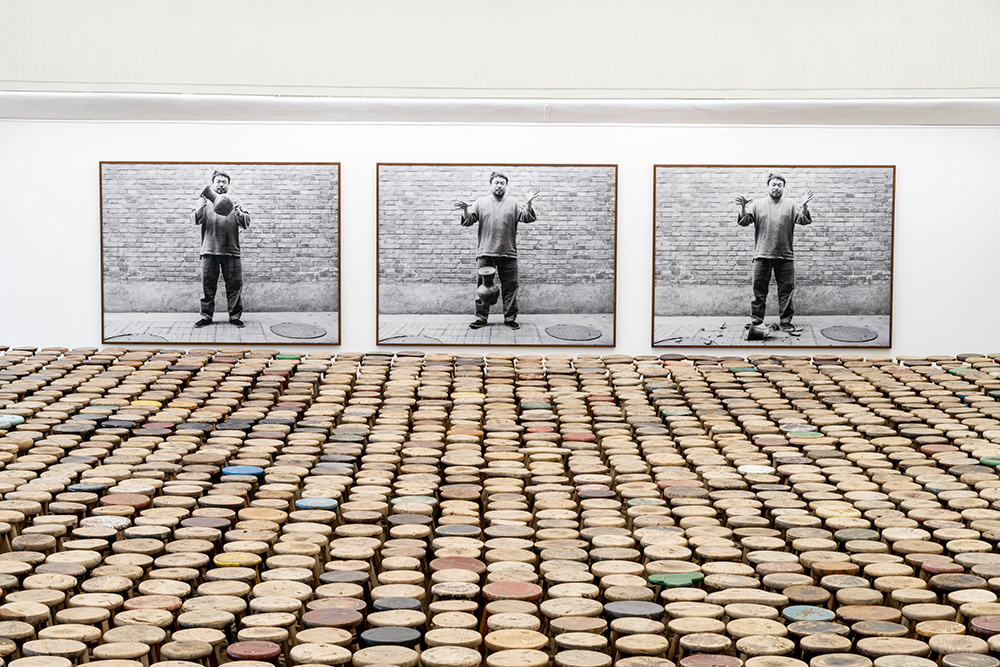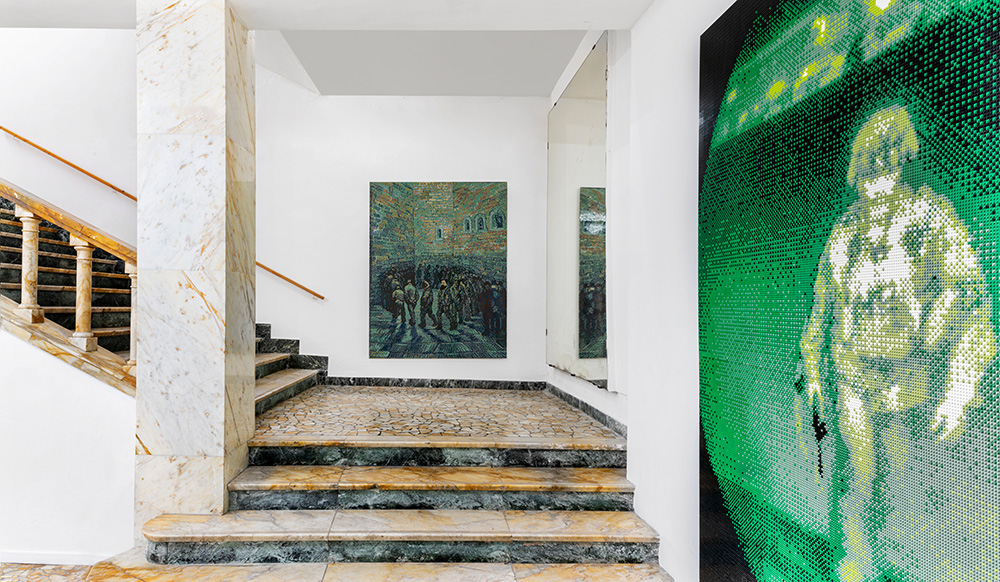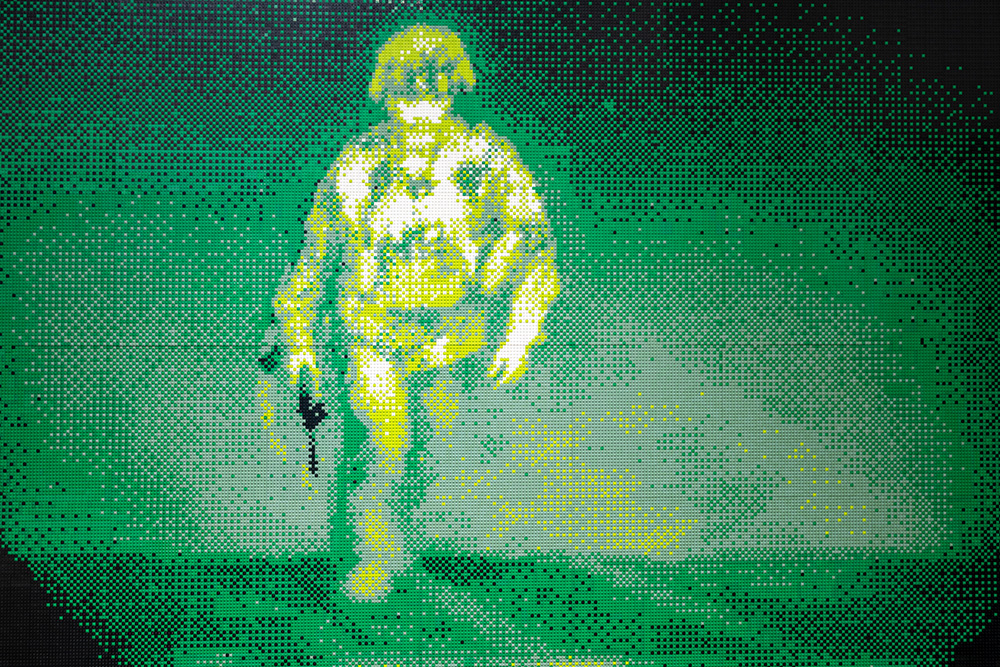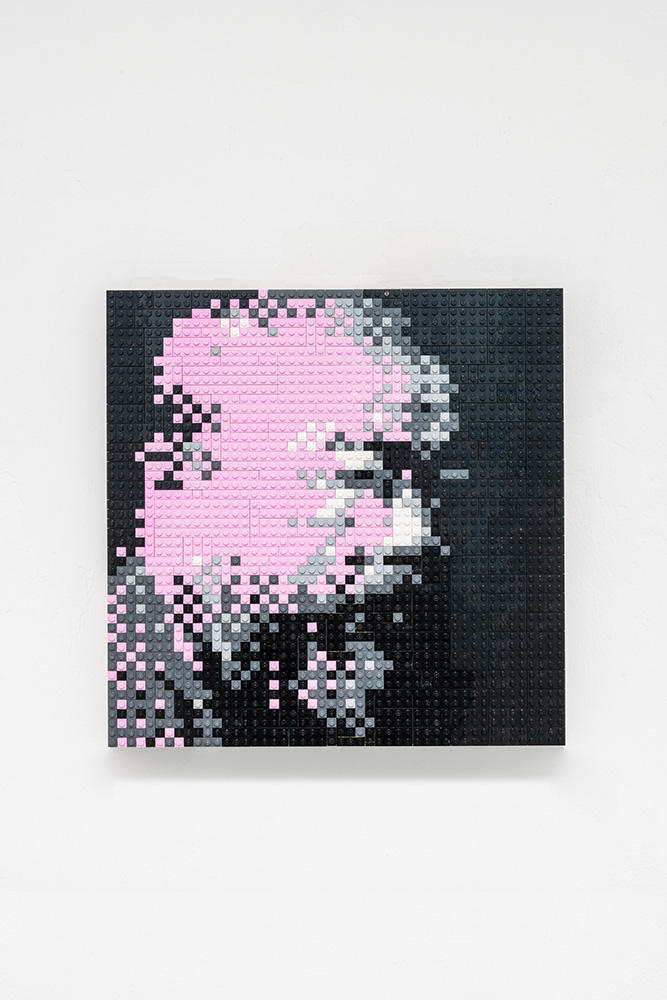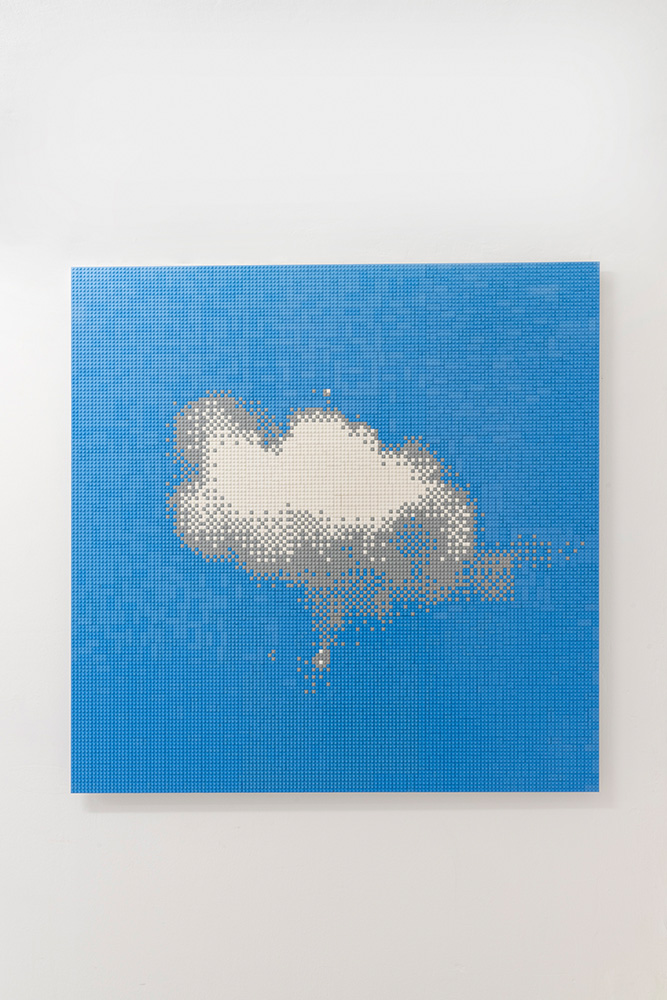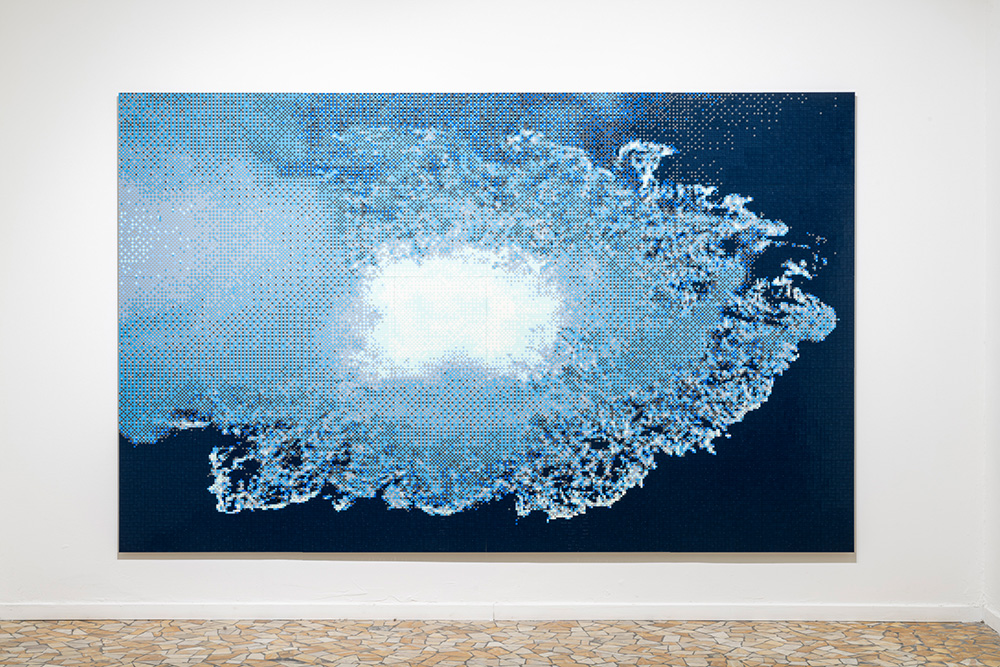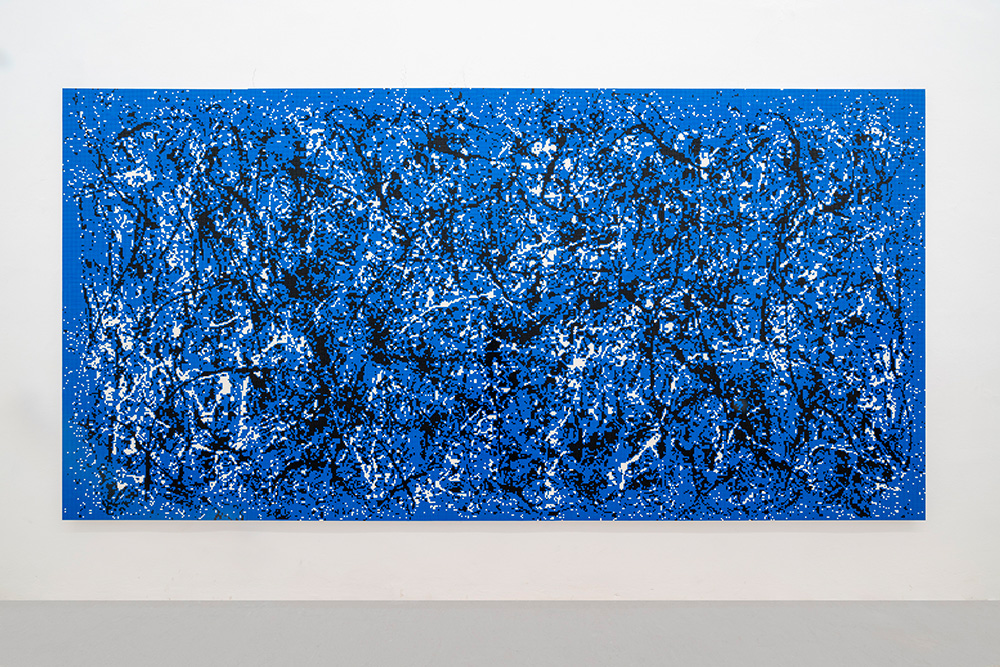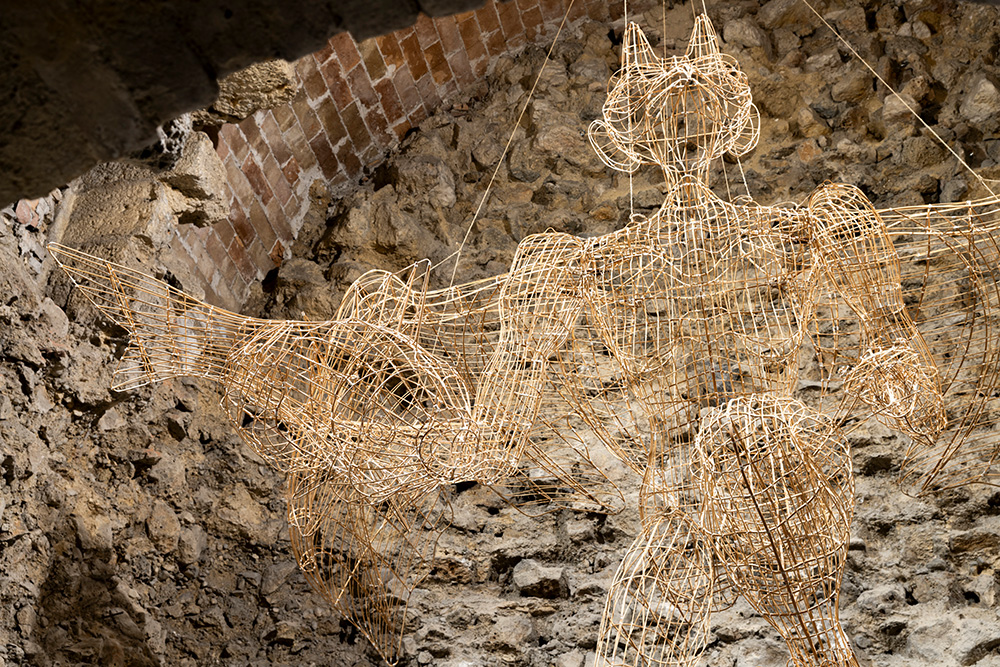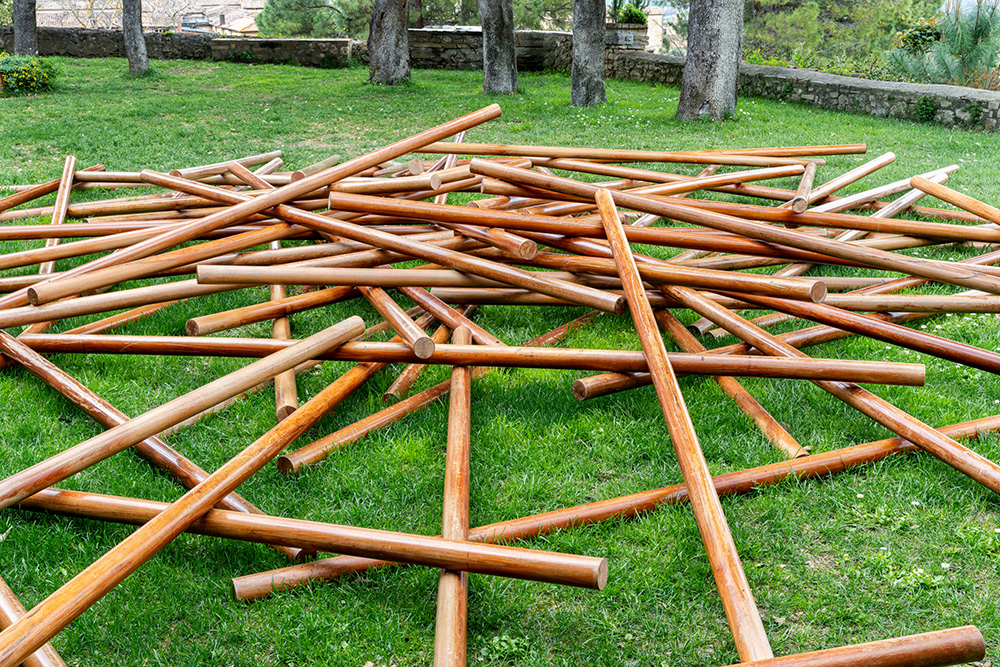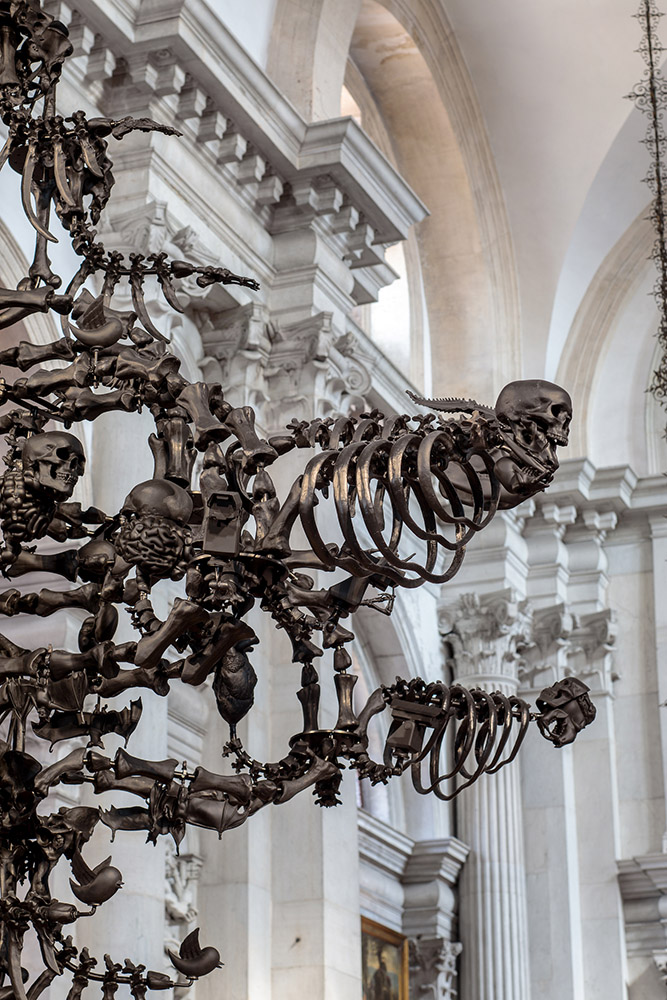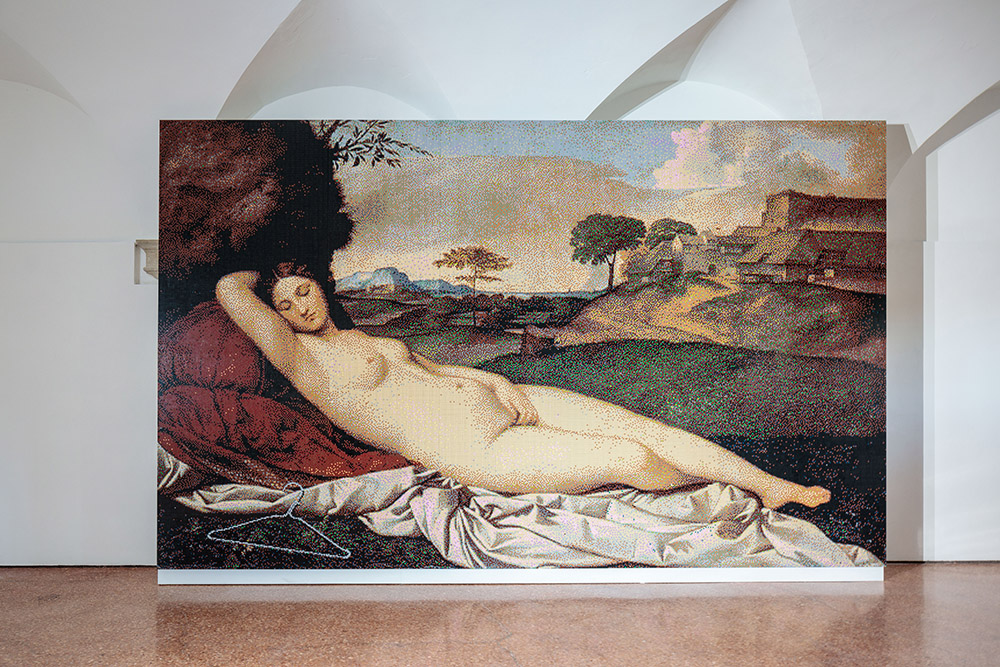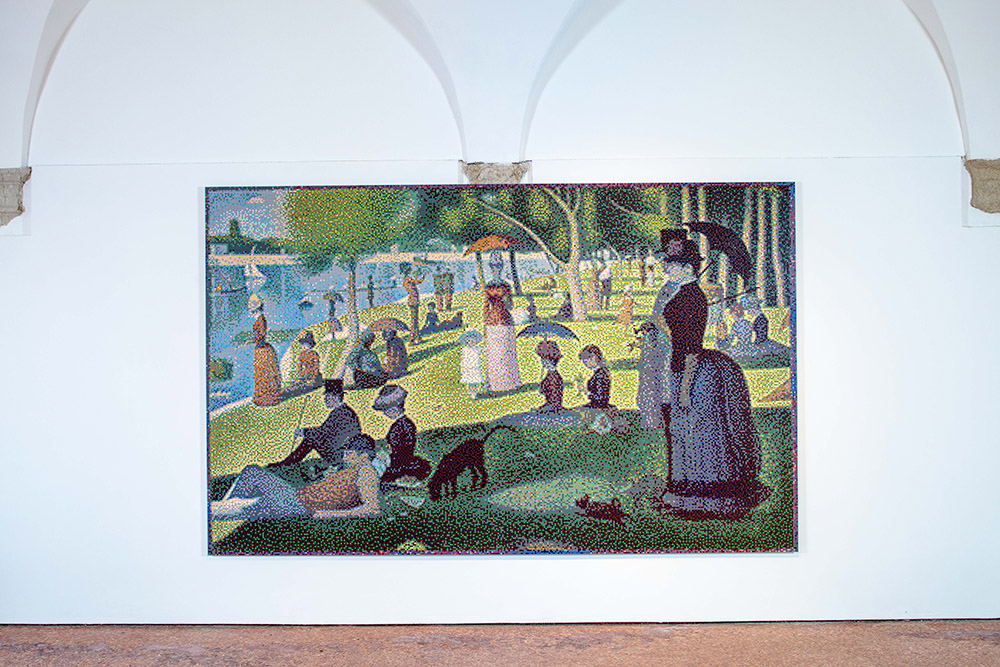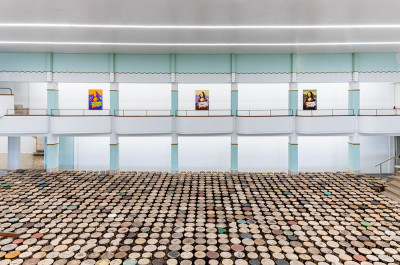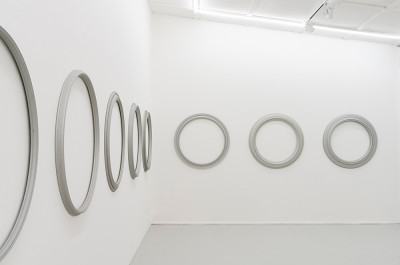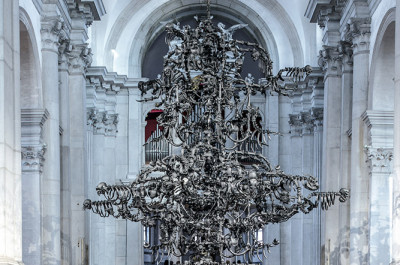
Who Am I? exhibition view Palazzo Fava, Palazzo delle Esposizioni, Bologna, 2024. Photo: Roberto Serra / Opera Laboratori Fiorentini

Who Am I? exhibition view Palazzo Fava, Palazzo delle Esposizioni, Bologna, 2024. Photo: Roberto Serra / Opera Laboratori Fiorentini
Who Am I? exhibition view Palazzo Fava, Palazzo delle Esposizioni, Bologna, 2024. Photo: Roberto Serra / Opera Laboratori Fiorentini
Neither Nor exhibition view Galleria Continua San Gimignano, 2024. Photo: Ela Bialkowska, OKNO Studio
Untitled (St. George Slaying a Dragon) 2022, toy bricks (LEGO), mounted on aluminium, 185 x 203 cm. Courtesy: Ai Weiwei Studio and Galleria Continua. Photo: Ela Bialkowska, OKNO Studio
Neither Nor exhibition view Galleria Continua San Gimignano, 2024. Photo: Ela Bialkowska, OKNO Studio
Grapes 2015, 18 antique wooden stools, 190 x 190 x 170 cm. Courtesy: Ai Weiwei Studio and Galleria Continua. Photo: Ela Bialkowska, OKNO Studio
Neither Nor exhibition view Galleria Continua San Gimignano, 2024. Photo: Ela Bialkowska, OKNO Studio
Ai Weiwei Quadruplex 2023, toy bricks (LEGO), 76 x 76 cm. Courtesy: Ai Weiwei Studio and Galleria Continua. Photo: Ela Bialkowska, OKNO Studio
Neither Nor exhibition view Galleria Continua San Gimignano, 2024. Photo: Ela Bialkowska, OKNO Studio
Stools 2013, 2358 wood stools, Installation size:, 24,5 x 14,4 x 0,53 m. Courtesy: Ai Weiwei Studio and Galleria Continua. Photo: Ela Bialkowska, OKNO Studio
Neither Nor exhibition view Galleria Continua San Gimignano, 2024. Photo: Ela Bialkowska, OKNO Studio
Mona Lisa Smeared in Cream 2023, toy bricks (LEGO), 114 x 96 cm. Courtesy: Ai Weiwei Studio and Galleria Continua. Photo: Ela Bialkowska, OKNO Studio
Neither Nor exhibition view Galleria Continua San Gimignano, 2024. Photo: Ela Bialkowska, OKNO Studio
Circle 2013, Metal, diameter 100 cm each. Courtesy: Ai Weiwei Studio and Galleria Continua. Photo: Ela Bialkowska, OKNO Studio
Neither Nor exhibition view Galleria Continua San Gimignano, 2024. Photo: Ela Bialkowska, OKNO Studio
Last U.S. Soldier Leaving Afghanistan 2022, toy, bricks (LEGO), 266 x 266 cm. Courtesy: Ai Weiwei Studio and Galleria Continua. Photo: Ela Bialkowska, OKNO Studio
To keep a person ignorant is to place them in a cage 2023, set of 3, toy bricks (WOMA), 80 x 120 cm; 80 x 120 cm; 80 x 80 cm. Courtesy: Ai Weiwei Studio and Galleria Continua. Photo: Ela Bialkowska, OKNO Studio
AI Weiwei in Pink 2023, toy bricks (LEGO), 38 x 38 cm. Courtesy: Ai Weiwei Studio and Galleria Continua. Photo: Ela Bialkowska, OKNO Studio
Cloud 2023, set of 4, toy bricks (LEGO), 114 x 114 cm. Courtesy: Ai Weiwei Studio and Galleria Continua. Photo: Ela Bialkowska, OKNO Studio
Nord Stream #2 2022, toy bricks (WOMA), 200 x 320 cm. Courtesy: Ai Weiwei Studio and Galleria Continua. Photo: Ela Bialkowska, OKNO Studio
Pollock in Blue 2019, toy bricks (LEGO), 269,5 x 539 cm. Courtesy: Ai Weiwei Studio and Galleria Continua. Photo: Ela Bialkowska, OKNO Studio
Porcelain Cube 2009, porcelain, 120 x 120 x 120 cm. Courtesy: Ai Weiwei Studio and Galleria Continua. Photo: Ela Bialkowska, OKNO Studio
Huantouguo 2015, bamboo and silk, 400 x 170 x 250 cm. Courtesy: Ai Weiwei Studio and Galleria Continua. Photo: Ela Bialkowska, OKNO Studio
Pick Up Sticks 2006, 70 wooden poles, 360 x 8 x 8 x cm. Courtesy: Ai Weiwei Studio and Galleria Continua. Photo: Ela Bialkowska, OKNO Studio
Marble Cube 2010, marble, 100 x 100 x 100 cm. Courtesy: Ai Weiwei Studio and Galleria Continua. Photo: Ela Bialkowska, OKNO Studio
La Commedia Umana – Memento Mori. Exhibition views, Abbazia di San Giorgio Maggiore, Venice, 2022. Photo: Francesco Allegretto
La Commedia Umana – Memento Mori. Exhibition views, Abbazia di San Giorgio Maggiore, Venice, 2022. Photo: Francesco Allegretto
La Commedia Umana – Memento Mori. Exhibition views, Abbazia di San Giorgio Maggiore, Venice, 2022. Photo: Francesco Allegretto
La Commedia Umana – Memento Mori. Exhibition views, Abbazia di San Giorgio Maggiore, Venice, 2022. Photo: Francesco Allegretto
Change of Perspective exhibition view Galleria Continua, The St. Regis, Rome. Photo: Monkeys Video Lab
Change of Perspective exhibition view Galleria Continua, The St. Regis, Rome. Photo: Monkeys Video Lab
Change of Perspective exhibition view Galleria Continua, The St. Regis, Rome. Photo: Monkeys Video Lab
Change of Perspective exhibition view Galleria Continua, The St. Regis, Rome. Photo: Monkeys Video Lab
Blue-and-White Porcelain Vases, 2017, porcelain, 52 x 52 x 50,5 cm.
Blue-and-White Porcelain Vases, 2017, porcelain, 52 x 52 x 50,5 cm.
Watermelon, 2015, porcelain, 45 x 45 x 47 cm.
Feiyu, 2015, bamboo and silk, 320 x 200 x 60 cm. Photo Alessandro Moggi. Courtesy Fondazione Palazzo Strozzi
Treasure Box, 2014, Huali wood, 100 x 100 x 100 cm.
Treasure Box, 2014, Huali wood, 100 x 100 x 100 cm.
Stacked, 2012, 950 bicycles, variable dimensions. Photo Ela Bialkowska
Stacked, 2012, 950 bicycles, variable dimensions. Photo Ela Bialkowska
Ordos 100 Model, 2011, pine wood, video, 80 x 1511 x 1357,3 cm, 1h 0m 57s, Presented with texts and images from 100 architects. Photo Oak Taylor-Smith
Ordos 100 Model, 2011, pine wood, video, 80 x 1511 x 1357,3 cm, 1h 0m 57s, Presented with texts and images from 100 architects. Photo Oak Taylor-Smith
Colored Vases, 2010, Neolithic and Han Dynasty vases in industrial paint, 1 set of 3 vases: 33 x 33 x 38 cm, 34 x 34 x 38 cm and 35 x 35 x 38 cm.
Bubble, 2008, porcelain, 70 x 70 x 30 cm.
Porcelain Vases with Bamboo Poles, 2008, bamboo, porcelain, blue vase: 28 x 28 x 43 cm, white vase: 35 x 35 x 28 cm. Photo Alessandro Moggi. Courtesy Fondazione Palazzo Strozzi
Porcelain Vases with Bamboo Poles, 2008, bamboo, porcelain, blue vase: 28 x 28 x 43 cm, white vase: 35 x 35 x 28 cm. Photo Alessandro Moggi. Courtesy Fondazione Palazzo Strozzi
Very Yao, 2008, bicycles, 680 x 200 x 200 cm. Photo Ela Bialkowska
Ai Weiwei was born in 1957 in Beijing. He moved to USA in 1981 and lived in New York for ten years. It was in New York that he was impressed by the works of Andy Warhol and Duchamp. When he had to move back to China because of his father’s health, Ai Weiwei became interested in architecture. He designed his own studio house in Caochangdi, on the north-east edge of Beijing before founding his architecture studio in 2003.
In 2017 he participated in the 74th Venice International Film Festival with his documentary “Human Flow”. The film tells, with great visual expression, the epic migration of human multitudes, following the heart-breaking chain of human movement through 23 Countries.
Ai Weiwei through his art, has always been a defender and a voice of respect for human rights. Thanks to Ai Weiwei's provocative instinct, he is able to move between politics, activism and artistic research, making him a major symbol of the struggle for freedom of expression.
His works of art take the form of installation, video, photography, sculpture and recall ancient Chinese history as well as modern contexts. Ai Weiwei often juxtaposes contemporary and ancient, and future and present, through traditional techniques, images and metaphors of Chinese culture. His aim is to denounce the social contradictions between the individual and the community in the contemporary world.
Adel Abdessemed Etel Adnan Ai Weiwei Leila Alaoui Juan Araujo Kader Attia Barbana Bojadzi Daniel Buren Cai Guo-Qiang Alejandro Campins Iván Capote Yoan Capote Loris Cecchini Elizabet Cerviño Chen Zhen Nikhil Chopra Marcelo Cidade Carlos Cruz-Diez Jonathas de Andrade Berlinde De Bruyckere Leandro Erlich Carlos Garaicoa Osvaldo González Antony Gormley Gu Dexin Shilpa Gupta Subodh Gupta Carsten Höller Eva Jospin JR Ilya & Emilia Kabakov Zhanna Kadyrova Kan Xuan Anish Kapoor André Komatsu Alicja Kwade Jannis Kounellis Julio Le Parc Luis López-Chávez Jorge Macchi Ahmed Mater Cildo Meireles José Mesías Sabrina Mezzaqui Moataz Nasr Rudi Ninov Hans Op de Beeck Ornaghi & Prestinari Giovanni Ozzola Michelangelo Pistoletto Susana Pilar Qiu Zhijie Tobias Rehberger Arcangelo Sassolino Manuela Sedmach Serse Kiki Smith Nedko Solakov Marta Spagnoli José Antonio Suárez Londoño Hiroshi Sugimoto Sun Yuan & Peng Yu Ana Maria Tavares Pascale Marthine Tayou Armando Testa Nari Ward Sislej Xhafa José Yaque Zhuang Hui

